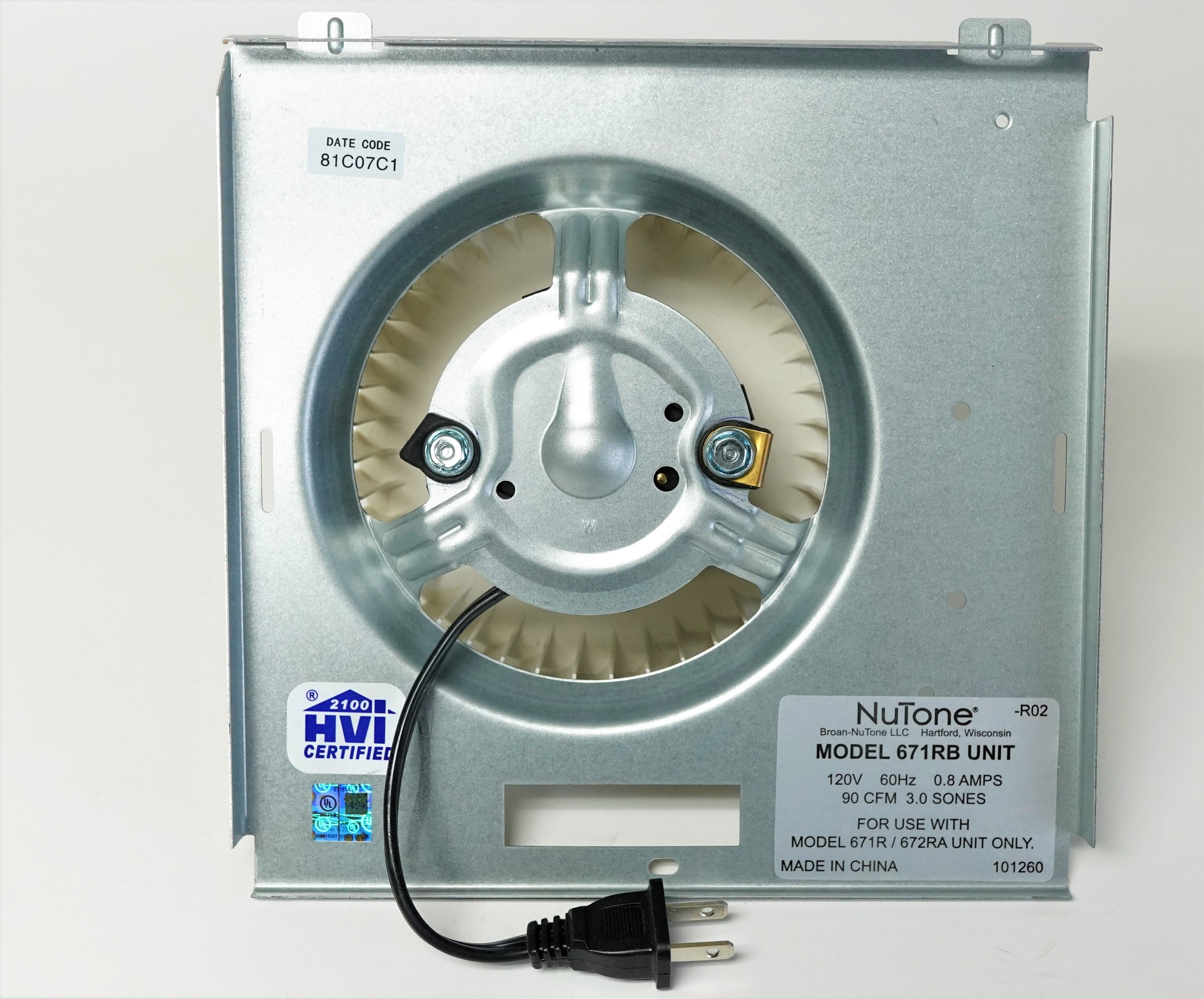Replacement Parts and Components

Nutone bathroom exhaust fan parts – Nutone bathroom exhaust fans are durable and reliable, but even the best appliances require occasional maintenance or repairs. Understanding the various replacement parts available for these fans is crucial for maintaining optimal performance and extending their lifespan.
Nutone bathroom exhaust fan parts can be hard to find, but if you need ventline bathroom fan parts, ventline bathroom fan parts are a great option. They’re made of high-quality materials and are designed to last. Plus, they’re easy to install and come with a warranty.
So if you’re looking for nutone bathroom exhaust fan parts, be sure to check out ventline bathroom fan parts.
Replacement parts for Nutone exhaust fans can be broadly categorized into four main types: blades, motors, bearings, and housings.
When replacing worn-out Nutone bathroom exhaust fan parts, consider optimizing your bathroom’s energy efficiency by examining its power consumption. Read about bathroom fan power consumption to understand how different fan models can significantly impact your energy bills. By selecting an energy-efficient Nutone bathroom exhaust fan, you’ll not only enhance your bathroom’s ventilation but also contribute to a greener home.
Blades
- Plastic Blades: These are the most common type of blades found in Nutone exhaust fans. They are lightweight, durable, and resistant to corrosion.
- Metal Blades: Metal blades are more durable than plastic blades and can withstand higher temperatures. They are often used in commercial or industrial applications.
Motors
- PSC Motors: Permanent Split Capacitor (PSC) motors are the most common type of motor used in Nutone exhaust fans. They are reliable, energy-efficient, and relatively inexpensive.
- ECM Motors: Electronically Commutated Motors (ECM) are more efficient than PSC motors and offer variable speed control. They are typically more expensive than PSC motors.
Bearings
- Ball Bearings: Ball bearings are the most common type of bearing used in Nutone exhaust fans. They provide smooth, quiet operation and are relatively inexpensive.
- Sleeve Bearings: Sleeve bearings are less expensive than ball bearings but offer less durability and can be noisier.
Housings
- Plastic Housings: Plastic housings are lightweight, corrosion-resistant, and easy to clean. They are the most common type of housing used in Nutone exhaust fans.
- Metal Housings: Metal housings are more durable than plastic housings and can withstand higher temperatures. They are often used in commercial or industrial applications.
It is important to note that the compatibility of replacement parts varies depending on the specific Nutone fan model. Always refer to the manufacturer’s instructions or consult a qualified electrician before attempting any repairs or replacements.
Troubleshooting and Repair

Nutone bathroom exhaust fans are generally reliable, but like any mechanical device, they can occasionally experience problems. Common issues include noise, poor ventilation, and motor failure. Troubleshooting these issues is usually straightforward and can often be resolved without the need for professional help.
The first step in troubleshooting a Nutone bathroom exhaust fan is to check the electrical connections. Ensure that the fan is securely plugged into an outlet and that the circuit breaker or fuse is not tripped. If the electrical connections are secure, the next step is to clean the fan components.
Cleaning the Fan Components
Dirt and dust can accumulate on the fan blades and housing over time, reducing airflow and causing noise. To clean the fan components, remove the fan grille and use a vacuum cleaner to remove any loose debris. Then, use a damp cloth to wipe down the fan blades and housing. Allow the fan components to dry completely before reassembling the fan.
Replacing Parts
If cleaning the fan components does not resolve the issue, it may be necessary to replace one or more parts. Common replacement parts include the fan motor, fan blades, and bearings. Replacing these parts is relatively straightforward and can be done by most homeowners with basic DIY skills.
Troubleshooting Guide
- Noise: Check the fan blades for any damage or obstructions. Clean the fan blades and housing to remove any dirt or dust. If the noise persists, the fan motor may need to be replaced.
- Poor Ventilation: Check the fan grille for any obstructions. Clean the fan blades and housing to remove any dirt or dust. If the ventilation is still poor, the fan motor may need to be replaced.
- Motor Failure: Check the electrical connections to ensure that the fan is receiving power. If the electrical connections are secure, the fan motor may need to be replaced.
Installation and Maintenance: Nutone Bathroom Exhaust Fan Parts

Installing and maintaining a Nutone bathroom exhaust fan is crucial for ensuring proper ventilation and a comfortable indoor environment. This section will guide you through the process of installation, highlight the importance of regular maintenance, and provide practical tips for keeping your fan functioning optimally.
Installation, Nutone bathroom exhaust fan parts
Before installing your Nutone bathroom exhaust fan, carefully consider its placement. Choose a location that allows for effective air extraction and minimizes noise. Ensure the fan is wired correctly according to the manufacturer’s instructions, and mount it securely to prevent vibrations and ensure proper operation.
Maintenance
Regular maintenance is essential for prolonging the lifespan of your Nutone bathroom exhaust fan and maintaining its efficiency. Cleaning the fan blades and housing regularly will prevent dust and debris buildup, ensuring optimal airflow. Inspect the fan motor and bearings periodically for any signs of wear or damage. If necessary, lubricate the bearings to ensure smooth operation.
Infographic: Installation and Maintenance Steps
| Step | Task |
|---|---|
| 1 | Select fan location and mark mounting holes |
| 2 | Drill pilot holes and install mounting screws |
| 3 | Wire fan according to manufacturer’s instructions |
| 4 | Mount fan securely to wall or ceiling |
| 5 | Clean fan blades and housing regularly |
| 6 | Inspect motor and bearings periodically |